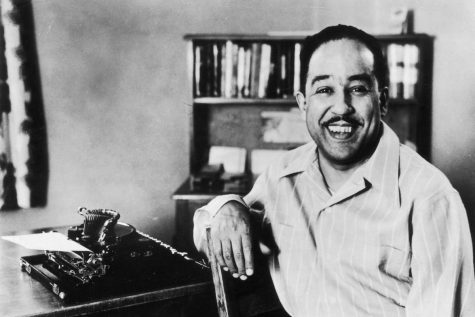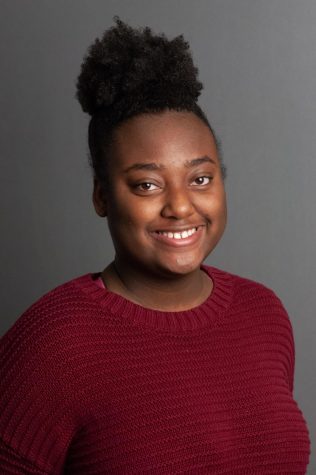Recognizing pioneers that birthed modern Black culture
March 18, 2021
Unlike most revolutionary eras, such as the Roaring ‘20s, most Americans know little to nothing about the Harlem Renaissance. The era, lasting from 1918-1937, is the most influential cultural movement in the Black community.
By the mid-1860s, slaves were being freed and would eventually move up to urban areas in the North, this is known as the Great Migration. While they were freed from physical bondage, Black Americans were not spared from racism and discrimination.
This lead to the birth of a new culture in Harlem, New York. This revolution was led by people who had a story to tell: expressing themselves through music, clothing, visual art, literature and more. These artists would influence history in every way, even up to a century later.
It wasn’t long until important figures started to emerge, sharing their truths to anyone who would listen.
Cab Calloway broke barriers and shattered records during the Harlem Renaissance. Born in Rochester, N.Y., but raised in Baltimore, Md., his parents could afford to provide him with private singing lessons when they noticed his interest in singing.
It wasn’t until he met and performed with Louis Armstrong that he found his real voice in “Scat” music. He would often improvise sounds on the spot and use common Harlem slang that he picked up.
The young singer would grab the attention of many while singing at the Cotton Club, a nightclub where African Americans were allowed to perform, but not attend. From there, he would create his most popular song “Minnie the Moocher” and sell millions of copies. His new fame led his band to be the first African American jazz band to tour the south.
Known as the first Black superstar, Josephine Baker is mostly known for being an entertainer. Born to a poor family in St. Louis, Mo., Wanting better for he self, she left home ultimately ending up in Paris, France years later.
Her success is unique in that her fame came from performing for French audiences instead of Harlem. At the time, France had found a newfound fascination with all things exotic and they labeled Baker as such. Her singing, dancing and even her wardrobe captivated audiences all over the country.
While her fame started in Paris, Black Americans idolized her because she incorporated jazz styles into her performances, which was at the forefront of the movement.
In an era where reading was the main sort of entertainment, Langston Hughes mesmerized his readers. Hughes is widely known for his poetry, the most popular being titled “Harlem” but he also wrote a few books and plays.
He wrote about the real experiences of average Black people. His works were so accepted among Black Americans since his writing catered to people, not only from Harlem but all over the country.
When asked to describe who he writes about, Hughes said, “workers, roustabouts, and singers, and job hunters on Lenox Avenue in New York, or Seventh Street in Washington or South State in Chicago
However, he did not go without critique. Many Black critics claimed that his poems depicted African Americans in a bad light. Nonetheless, Hughes became the first African American to make a full-time career off of his writing. He would soon be widely admired for his literature and become the face of the Harlem Renaissance.

Submitted photo.

